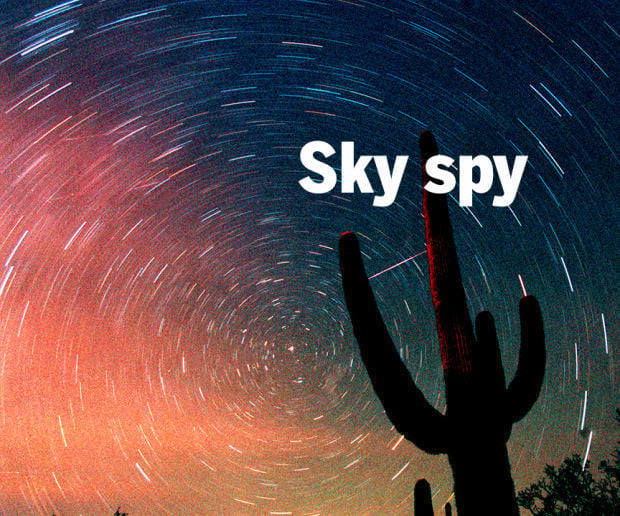The evening sky is without the moon for the next 10 days. That makes it a good time to visit with one of the more majestic constellations — Leo the Lion.
The lion is the king of beasts. While Leo is not the king of constellations, it does rank up there for size, brightness, beauty, and telescope items of interest. It is also one of the relatively few constellations that actually looks like what it is supposed to represent.
Look south at 8:30 p.m. Thursday, April 28. Seventy to 80 degrees above the southern horizon (nearly overhead) is Leo. The western or front part (head and claws) of Leo is like a backward question mark composed of six bright stars. This part of Leo is often called the Sickle.
The bottom star or “dot” in the backward question mark is Regulus, the 21st brightest star in the sky. It is 150 times brighter than the sun in visible light. Regulus is actually a quadruple (four star) system. The main star is spinning so fast on its axis that its poles are somewhat flattened with the star looking like an egg on its side.
The eastern or back part of Leo (rump and tail) is a triangle of three bright stars. The eastern most star in Leo’s rump is Denebola, the 62nd brightest star in the sky. Jupiter is also in Leo midway between Regulus and Denebola about six degrees south of Leo’s belly.





